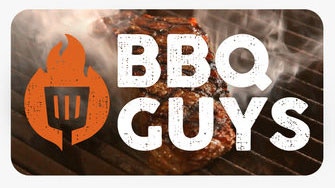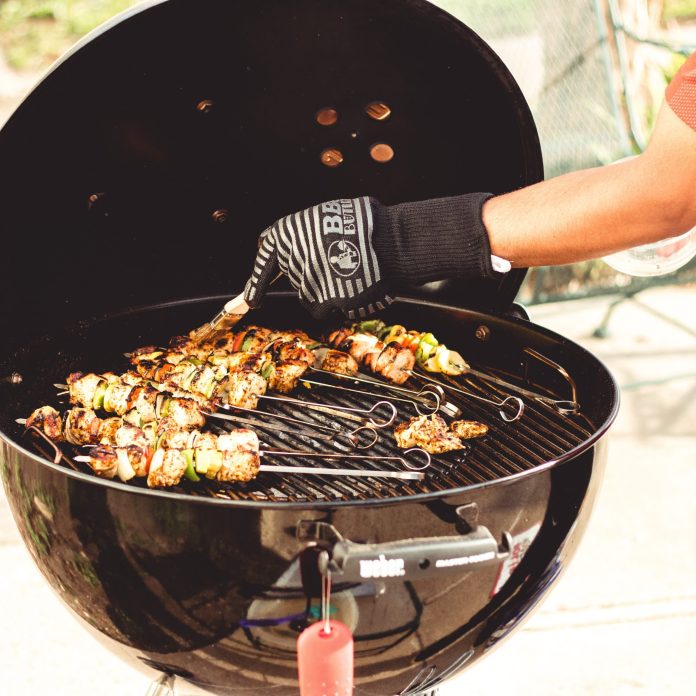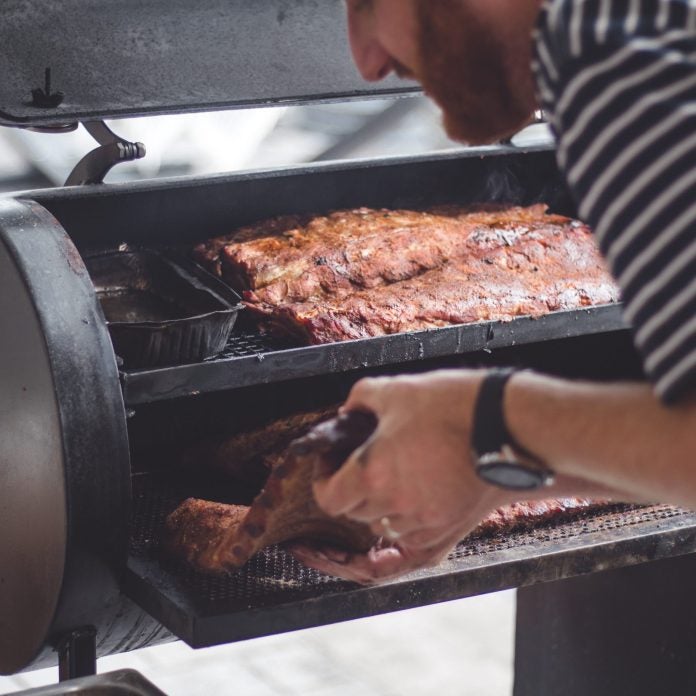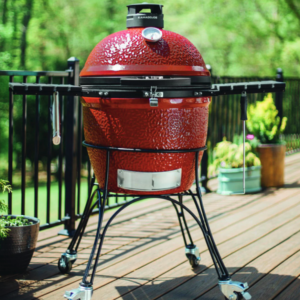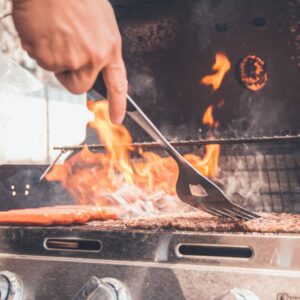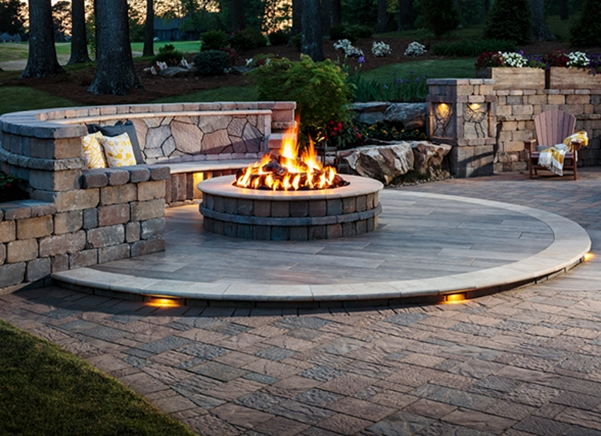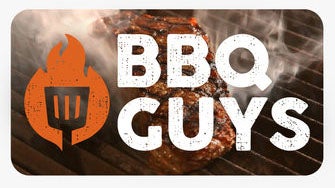
We’ve entered prime grilling season, with all the delicious meals — burgers, ribs, pizza — that come with it. To make the most of summer’s BBQ bounty, however, it may be time to upgrade your grill. There’s never been a better selection of grills to choose from, so finding the perfect one for you is easier than ever. To do that, it helps to know the pros and cons of the most popular types of grills to make an informed purchase. From classic charcoal grills to cutting-edge, WiFi-enabled pellet smokers, there’s something out there for everyone.
A couple of general notes to keep in mind: First, think about how you want to use your grill. Do you want something portable for camping, or are you planning on a built-in grill for an outdoor kitchen? What kind of food do you want to cook? Do you have the time to invest in extensive prep and cleanup? Also, set a budget before you go shopping, as that will guide you in narrowing down your choices. To help our customers sort through all of these options, we group our grills into four classes: Luxury, Premium, Practical, and Economy. Once you’ve got a general idea of what you’re looking for, you can take a closer look at specific types of grills. Here’s a rundown of what you should consider for each one.
Charcoal
A tried-and-true favorite, charcoal grills never go out of style. Their simple design and signature flavor make these grills a backyard staple.
Pros
- You get that savory, char-grilled flavor.
- Charcoal grills are often very affordable.
- Their design often makes it easy to take these grills with you on the go.
- When the charcoal is fully ignited, you get intense, high heat — up to 700 degrees Fahrenheit.
Cons
- It can take time to light the briquettes and get the grill up to temperature.
- The charcoal needs to be tended and banked to create zones for direct and indirect heat.
- If you don’t have a tray or similar device to catch the ash, cleanup can be a bit of a chore.
- Flying cinders may pose potential risk, so some homeowners associations or apartment complexes may restrict their use.
Pellet
Pellet grills, also called pellet smokers, get their name from the hardwood pellets that serve as their fuel source. They’re famous for low-and-slow cooking that creates succulent food.
Pros
- Pellet grills have great functionality: You can smoke, grill, bake, BBQ, and roast.
- They’re simple to use. Many models have pre-programmed temperatures for different kinds of meat, and some even have wireless control for the ultimate convenience.
- You can get creative with the wood-smoked flavors of your food by using different types of wood pellets, such as hickory, apple, and cherry.
- Pellet grills produce a wide range of temperatures and can maintain consistent heat, which is helpful when you’re working with long cook times.
- A heat baffle between the food and the flames means fewer flare-ups from juices dropping into the fire.
Cons
- Only certain types of pellet grills are made for built-in applications.
- You must use food-grade pellets; if not, additives from heating pellets will affect the flavor of your food (and may be harmful if consumed).
- The pellets also have to be stored carefully so they don’t absorb moisture and break down into sawdust.
- Pellet grills run on electricity, so they need to be located near a power source.
Kamado
The evolution of ancient Asian grilling techniques resulted in the kamado, whose distinctive egg or oval shape is the epitome of cool. Made from ceramic or metal such as cast aluminum, it’s a unique take on charcoal grilling.
Pros
- Ceramic kamados are wonderful at retaining heat (which makes them fuel-efficient), while aluminum versions are extremely durable.
- They’re versatile and can be used for everything from baking to grilling; the air vents also make it possible to smoke or roast food.
- You can achieve a wide temperature range, sustained over a long period of time.
- Freestanding models can be moved anywhere for greater flexibility.
- Generally low airflow from the vents helps cuts of meat retain their juicy flavor for incredible tenderness.
- Kamados are easy to clean.
Cons
- If used in a built-in setting, the housing must have plenty of access doors to let the air flow through the vents, and allow for cleaning.
- It’s difficult to create different cooking zones in a round kamado grill, though oval models make this easier.
- Ceramic is fragile and can be prone to microfractures, or outright cracks if the lid is dropped too hard on the grill.
- You can’t use lighter fluid or cleaning solvents in ceramic grills because they will leech into the ceramic.
- A specific type of charcoal may be required.
Gas
Gas grills are overwhelmingly popular — in 2018, they made up 64% of all grills owned in the United States. Whether powered by natural gas or propane, there’s a virtually endless selection of styles and sizes on the market, as well as some pretty amazing accessories.
Pros
- Multiple burners provide several cooking zones so you can grill a variety of foods at once.
- Choosing a grill powered by a natural gas line means you never run out of fuel (as long as you pay your gas bill).
- Gas grills give you heat instantly, making them convenient and easy to use.
- Add-ons such as smoker boxes and charcoal trays let you expand your grill’s capabilities.
- You can grill at high heat that remains relatively even.
- They can be customized and stylized with a range of accessories.
Cons
- Propane users have to keep refilling tanks.
- If your grill uses natural gas, it must stay attached to a gas line and can’t be moved around.
- These grills generally have more parts than other kinds, which means more time and money may be spent on maintenance and upkeep.
- A standard gas grill doesn’t provide the same depth of flavor as a charcoal or pellet grill.
Now you’re ready to get cooking this summer!
. . .
For grilling tips and recipes, check out our Recipes for Company library. For a chance to win a FREE Belgard Grill Island plus a 12-month subscription to Omaha Steaks, click the image below. No purchase necessary.
